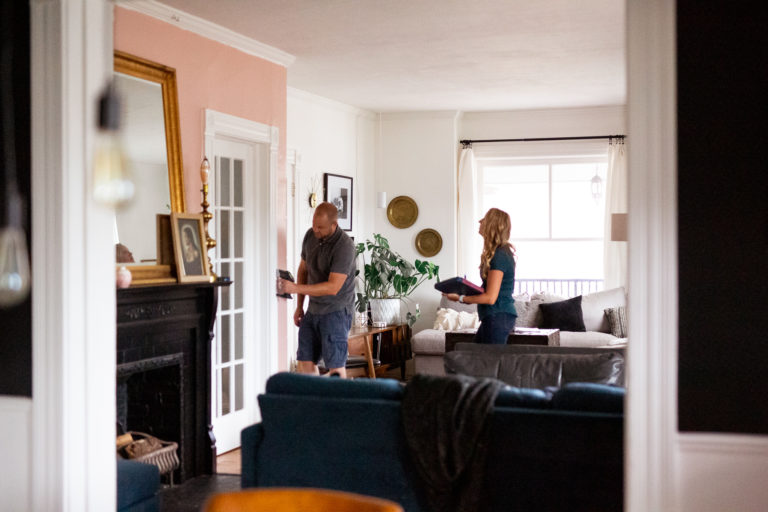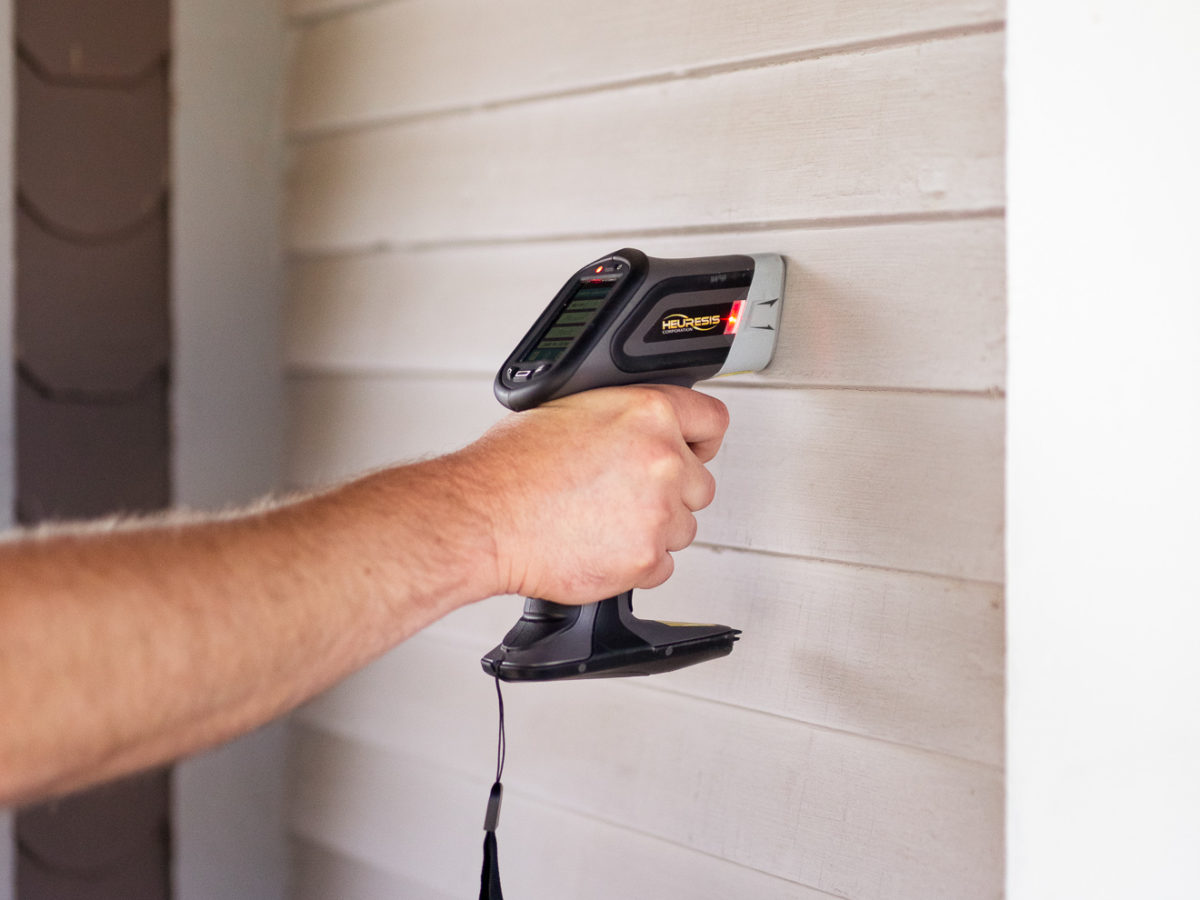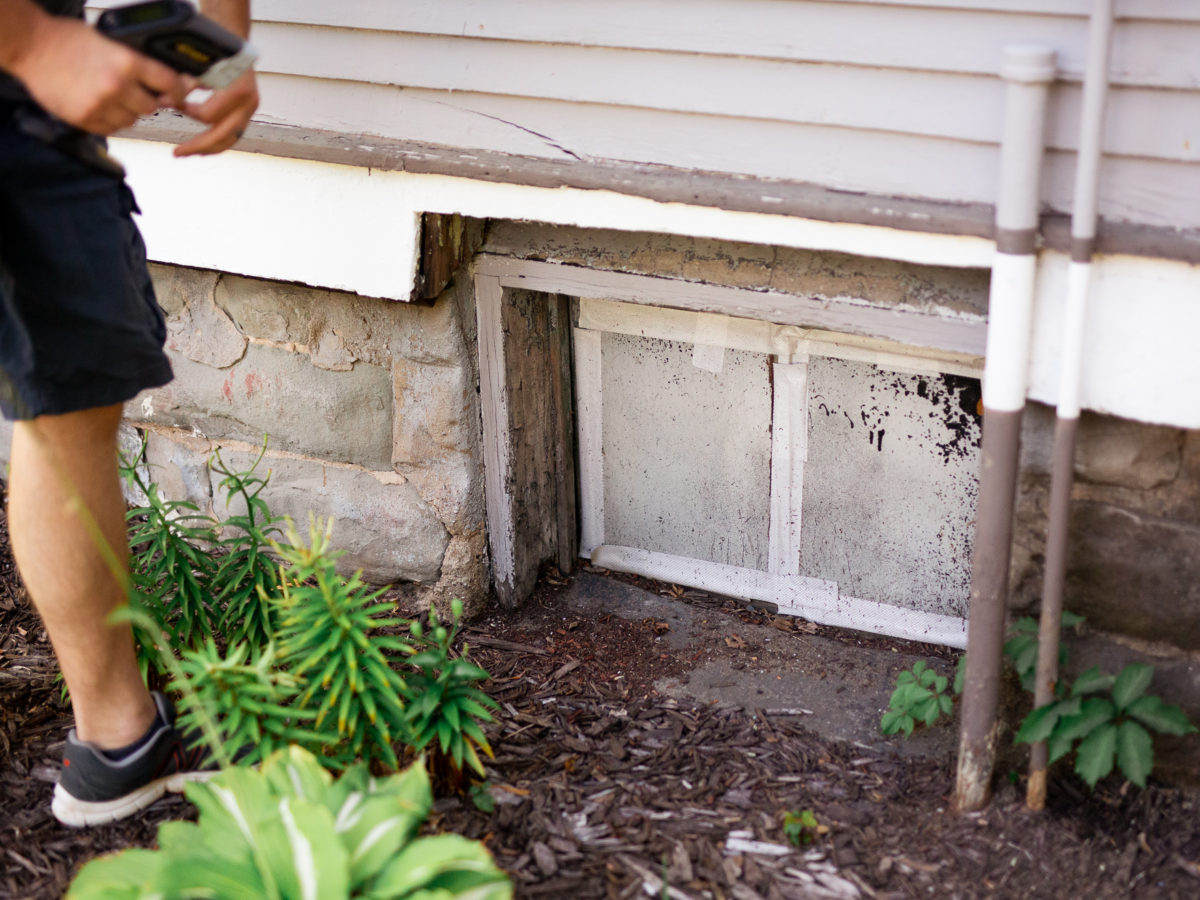4 Places Lead Paint Could be Hiding in Your Home

Home buying is a rollercoaster ride, with a new hill to scale and thrill around every corner. That’s why we trust real estate and industry experts to walk us through the process from end-to-end. We trust that they know best, because they follow federal and state regulations. Right? Right.
On a federal level, the EPA and HUD have been regulating lead paint since 1978 when it was banned from consumer uses. Today, schools and government buildings have strict rules to follow when it comes to lead paint. Rules that help keep children safe from lead poisoning. So you might be surprised that when it comes to home buying, lead paint is often overlooked…
In fact, lead paint checks aren’t included with standard home inspections. It’s something that you, as a buyer, have to request. If the home you’re buying was built before 1978, you’ll sign a simple lead warning disclosure at closing. Easy, breezy. The realtor might not draw much attention to it. Because if the government doesn’t treat it like critical information, then why make it a big deal?
When it comes to the safety of our loved ones, ignorance isn’t bliss. Lead paint is poisonous, especially to children, developing babies, and pets.
Here are four popular places to look for lead paint in your home.

1. Underneath new paint
There’s nothing a fresh coat of paint can’t fix, right? Usually, we’d agree. But when it comes to painting, we’re talking layers of paint on paint. In the case of older homes, lead paint is often buried underneath layers of newer paint. It might look fresh, but lead is still there. If the paint has been well preserved, it’s not usually an issue. However, high traffic areas are high risk. Any peeling, wet, chipping, or damaged lead paint is a health hazard. Especially to children and pets who spend a lot of time biting and sniffing, and exploring their world by ingesting questionable things. Here are some places around-the-house that usually test positive for lead:
- Exteriors, including porches and fences
- Walls, especially kitchen and bathroom
- Windows
- Trim and entries
- Banisters, handrails, and stairs
- Clawfoot bathtubs, used in the sealant

2. Antiques
We love filling our home with relics. Old windows, toys, mirrors, shelves, shutters, and doors. Pieces that add character and a touch of cozy to our space. It doesn’t take long to find #chippypaint adoration on Instagram, especially with the rise of modern farmhouse and Boho inspired home decor.
Unfortunately, lead paint is covering our beloved antiques. From the paint itself to the varnish used to preserve the wood. While encapsulants are available to help seal in lead paint on furniture, they aren’t effective on badly deteriorated surfaces (ie: severely chipped paint).
The good news is that in-home testing kits are available to help you determine if your antiques have lead paint. We recommend using: 3M LeadCheck Swabs. If your antiques test positive for lead paint, you can either: keep them in a place where the paint won’t be disturbed, seal and maintain deteriorating paint, or safely refurbish them by taking extra precautions.

3. Soil
We garden, we play, we stretch our bodies outdoors. Of all the sneaky places that lead paint likes to live, soil is pretty “out there.” But when we consider weathered and worn exteriors, everything starts to make sense. Flaking paint is a leading source for soil contamination, and it often covers home exteriors, porches, and fences. Exterior paint wears down, begins to chip, and then peels away falling to the ground and contaminating the soil.
Lead found in soil can be ingested, inhaled, and even absorbed by garden plants. Using doormats at entries and enforcing a no-shoes rule helps ensure that you’re not tracking contaminated soil indoors. Remember to stay vigilant when it comes to dirty feet.

4. Dust
If fairy dust has an evil twin sister, lead dust is her. Just like regular household dust, lead-contaminated dust covers anything and everything. It’s most commonly spread in high traffic or in-motion areas where lead paint is being disturbed (like window frames). Even daily activities and household chores like vacuuming and sweeping can get the air moving and cause settled dust to reenter the air.
Keeping your home clean using wet methods for dusting and wiping down surfaces can help reduce exposure. As well as taking additional precautions during minor home renovations. Now, if you’re ready to tackle your next DIY, here’s a list of 6 Products to Help You Renovate Safely. If you’re considering major home renovations, seek out a lead-safe certified contractor for the job.
If you’re interested in learning more about the risks of lead exposure, check out our Lead Safety 101 post. Remember: don’t panic, just call. You can always have your home tested for lead paint and dust by a certified professional. If you live in Michigan, call on AAA. Get in touch today and we’ll help determine which inspection service is right for you.
« Lead Safety 101: Keep Your Family Safe
6 Products to Help You Renovate Safely »